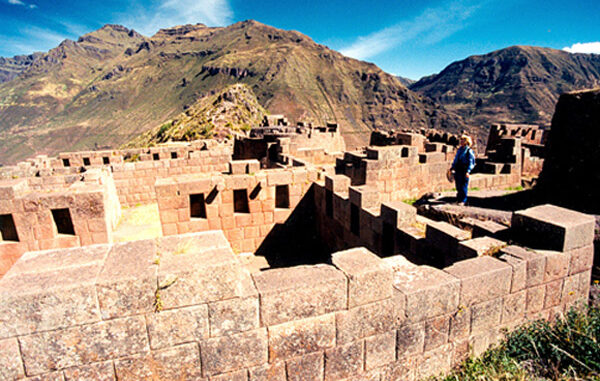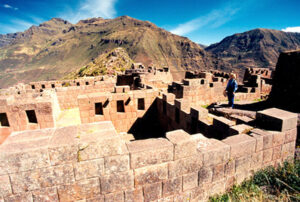

Richard Brommer
Ancient village of Pisac
Modern civilization can learn a lot from the ancient peoples of Peru. They knew how to construct incredible cities, how to irrigate their land and prevent crop loss during floods, and how to weave beautiful textiles. Some of their descendants still do things the way their ancestors did.
The contemporary traveler to Peru can visit the beautiful and astounding ruins of many pre-colonial cultures and civilizations. Pisac and the Nazca lines are a few of the most famous.
Pisac
The Inca town of Pisac may have served as an agricultural and religious center and as a fortress defending the Sacred Valley of the Urubamba River. The Spanish conquistador Francisco Pizarro destroyed the town in the early sixteenth century. The building ruins that remain are dry-stone construction. Some of the agricultural terraces that the Incas built here still produce crops, though many have fallen into disuse.
Nasca Lines

Andrew Payti
Nasca Lines
The Nasca lines are enormous geoglyphs, constructed on high Peruvian desert plateaus by the Nazca people, probably between 200 B.C. and 600 A.D. The gigantic designs on the desert floor must be viewed from an airplane to be appreciated. Archaeologists know the lines were made by removing red gravel to uncover the lighter earth beneath—but no one has ever discovered why the lines were made.
Explore More:
Consider the different building materials used by ancient cultures. Do research regarding the environment inhabited by the Inca and the Chimú and determine why one civilization used stone and the other used mud in their construction.